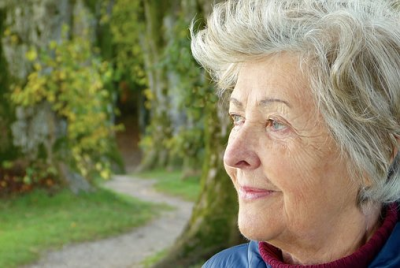Our friend Karen from ElderWellness has written this blog for us to give tips and ideas on adapting your space to suit mobility and safety needs and we wanted to share it with you!
Arranging Your Space
Falling is the leading cause of injury among seniors, but it’s also one of the easiest things to prevent. Clearing walkways of obstacles and tripping hazards will go a long way toward preventing accidents. That means keeping electrical cords safely anchored along the wall and ensuring that objects such as shoes, toys, small furniture, and pet items are securely stored away (small rugs, carpet runners, and frayed carpeting should always be secured to prevent tripping). While you’re at it, make things easier on yourself by keeping objects like TV remotes, eyeglasses, cell phones, and keys within easy reach. Your goal should be to avoid having to reach or climb for items, which may result in a nasty fall.
Bathroom Safety
The bathroom is the most dangerous room for seniors, the place where most household accidents take place. The bathroom tends to be a place of hard surfaces (i.e. tile, ceramic, etc.) and moisture, which makes hard and smooth surfaces dangerously slippery. There should be non-slip material in front of the sink, toilet, and in the shower/bathtub to reduce the likelihood of falls. Grab rails are another important safety factor, so make sure they’re securely mounted in the wall in the shower and alongside the toilet. If necessary, install a zero-entry shower or tub with a shower chair or bench to make bathing as safe and easy as possible.
Brighten the Place
Older adults often suffer from diminished eyesight as they age, which can make it difficult to climb or descend stairs, prepare meals, and use cooking and cleaning tools safely. Consider installing motion-activated lighting in the hallways and bathrooms so you don’t have to reach for light switches in the dark. Add some light tape or stick-on lights, inexpensive, and reliable options that can help you function safely in small, dimly lit spaces.
Structural Modifications
Aging in place sometimes requires substantial structural adaptations. For example, if you use a wheelchair or a walker, then it may be necessary to widen doorways and/or hallways so you can get around without difficulty. Add space by installing pocket doors or by installing expandable door hinges. Seniors who require mobility-assistive devices sometimes need a level walking surface with smooth transitions between rooms. Exchange door knobs for levers or pulls, which are easier to manipulate for seniors who suffer from arthritis.
Lifestyle Changes
Older adults who spend a lot of time in isolation often suffer from a loss of muscle strength and flexibility, which are the physical qualities that are needed to avoid falls and other in-home accidents. Adding exercise to your daily routine is an important lifestyle change, and it’s one you should consider making. There are plenty of exercises you can do, including toe lifts, chair squats, and wall push-ups. They’ll improve mobility and flexibility, and leave you feeling more in control of yourself and your environment.
Older adults should enjoy the comforts and simple joys of aging in place among familiar surroundings. It’s natural to want to stay at home, especially if you’re able to perform normal activities of daily living. However, staying safe requires keeping an eye out for simple details that can impair your ability to move around safely.

